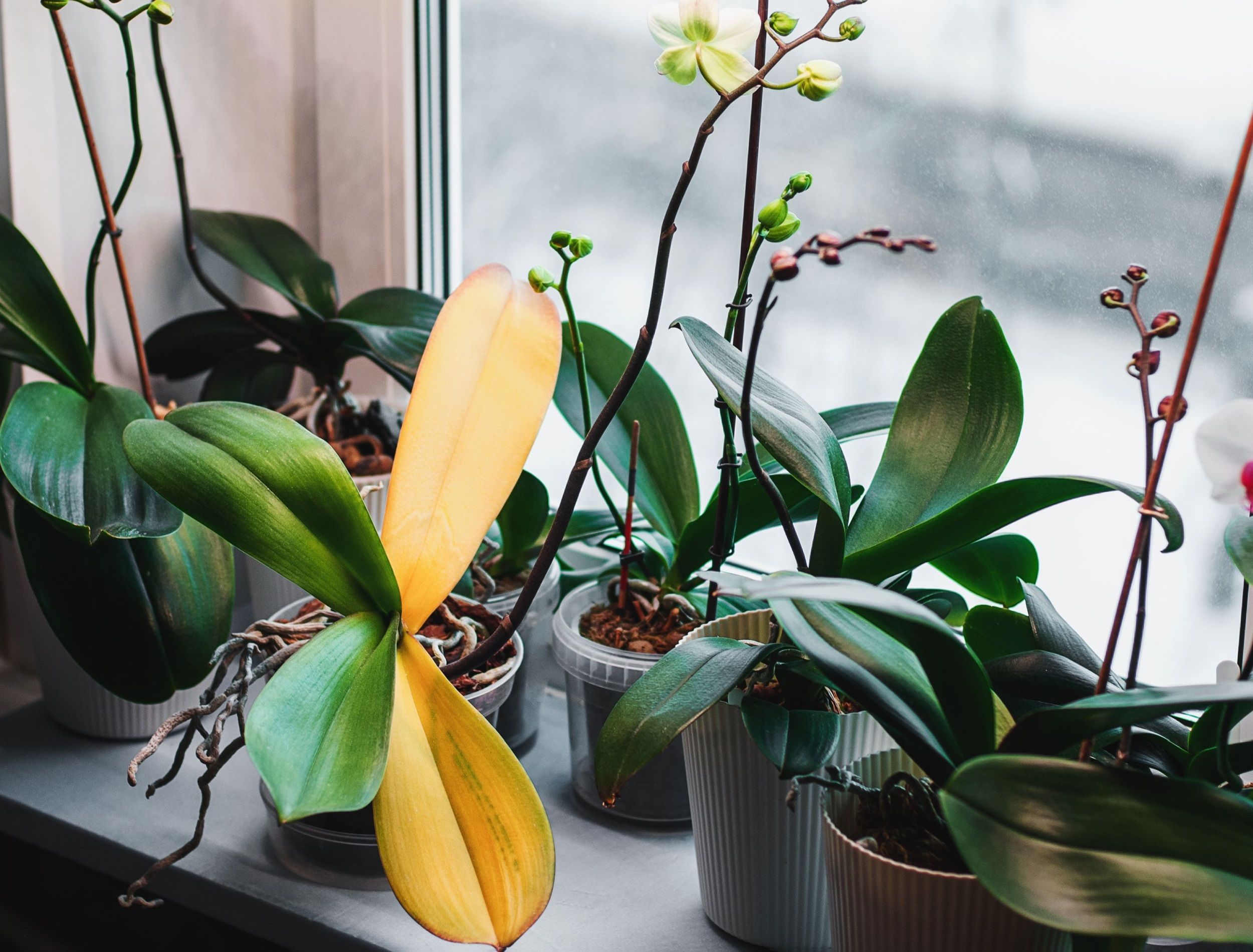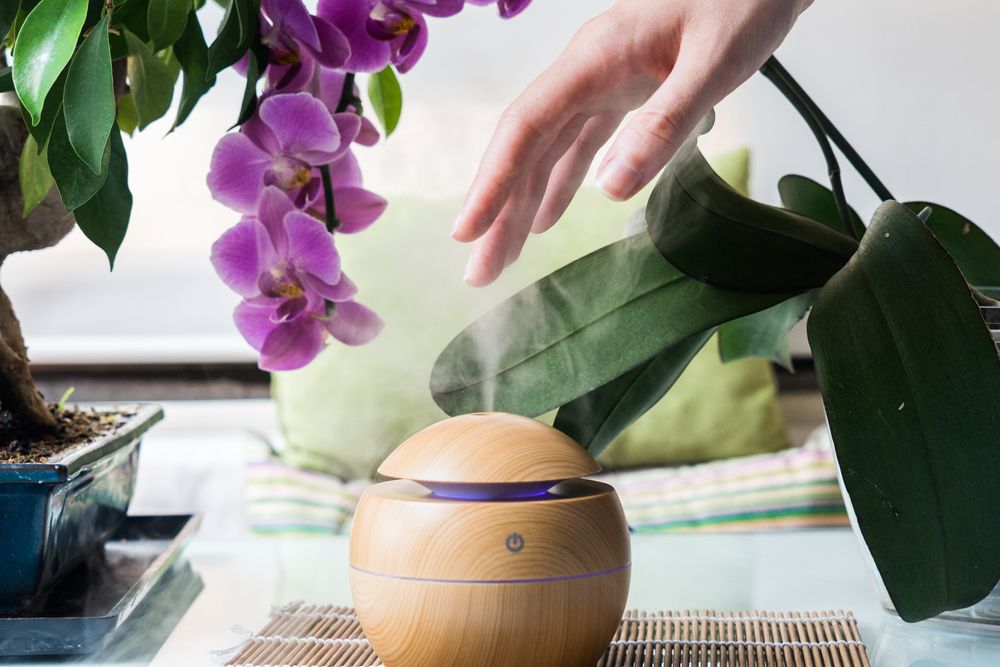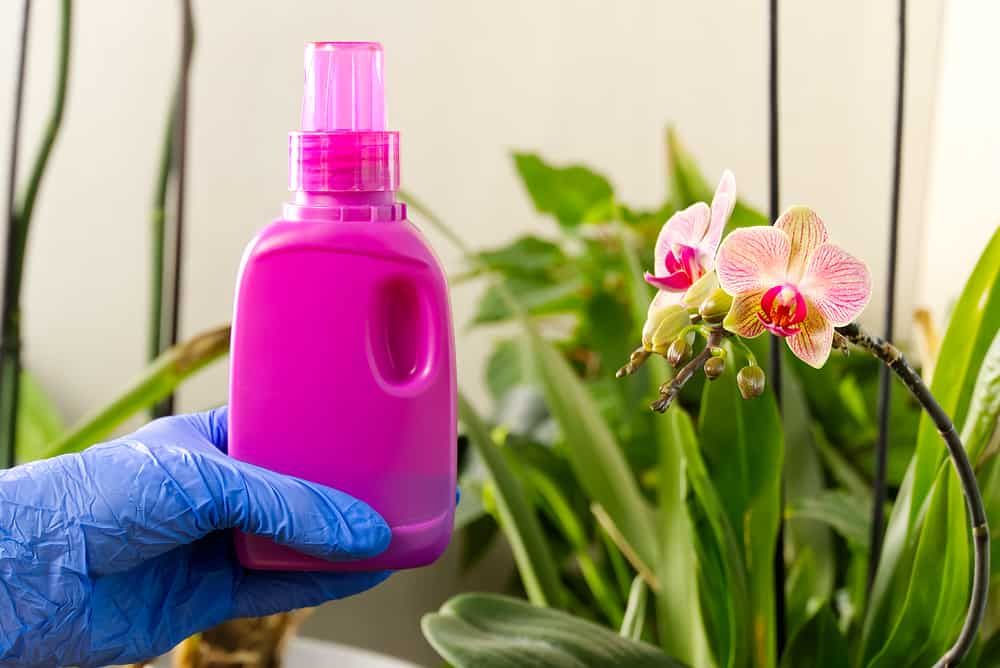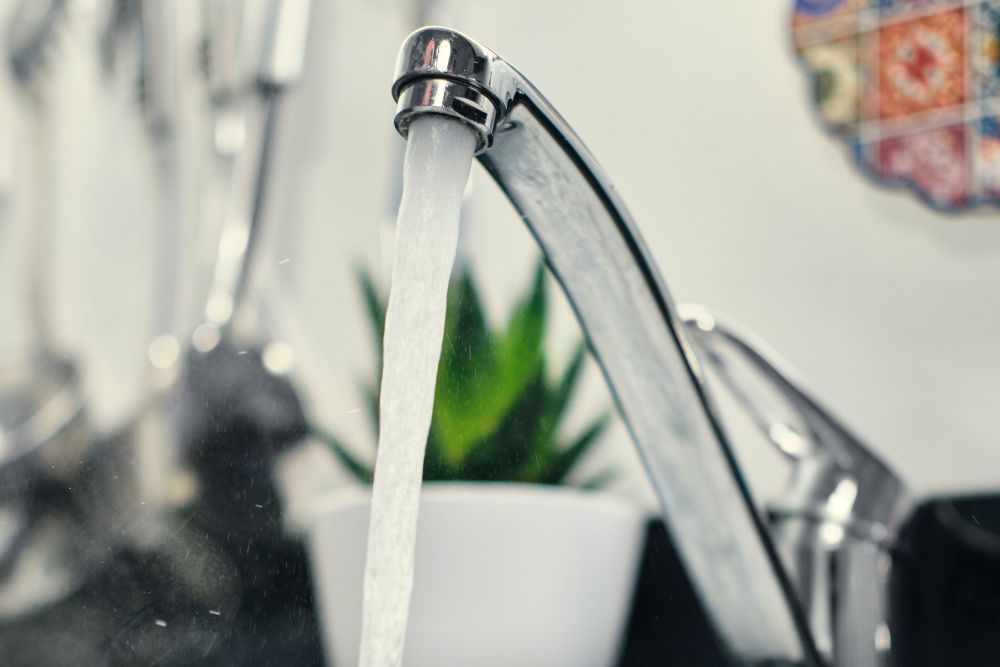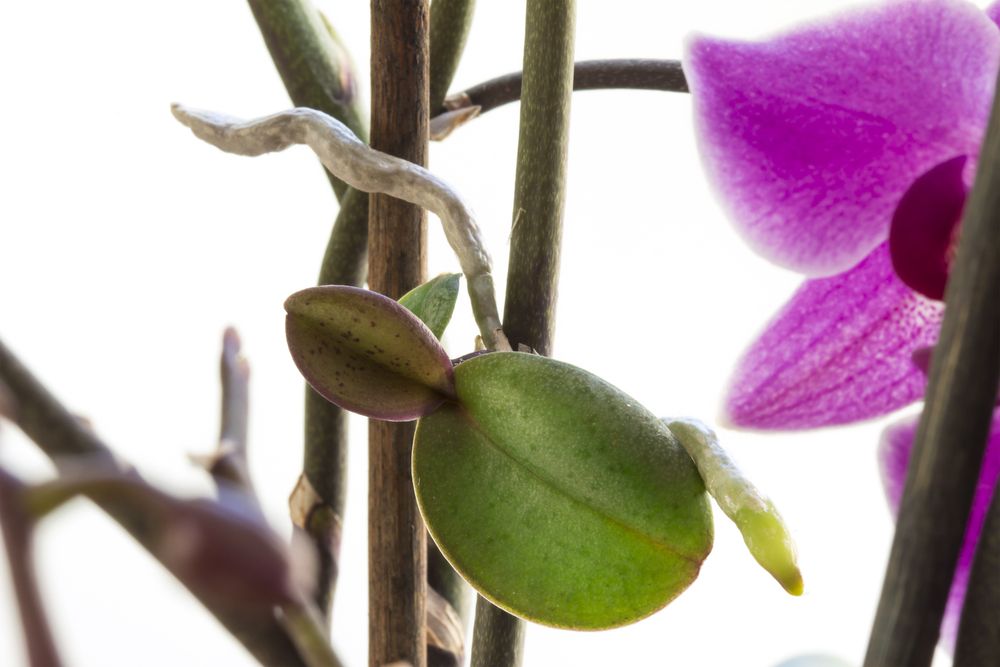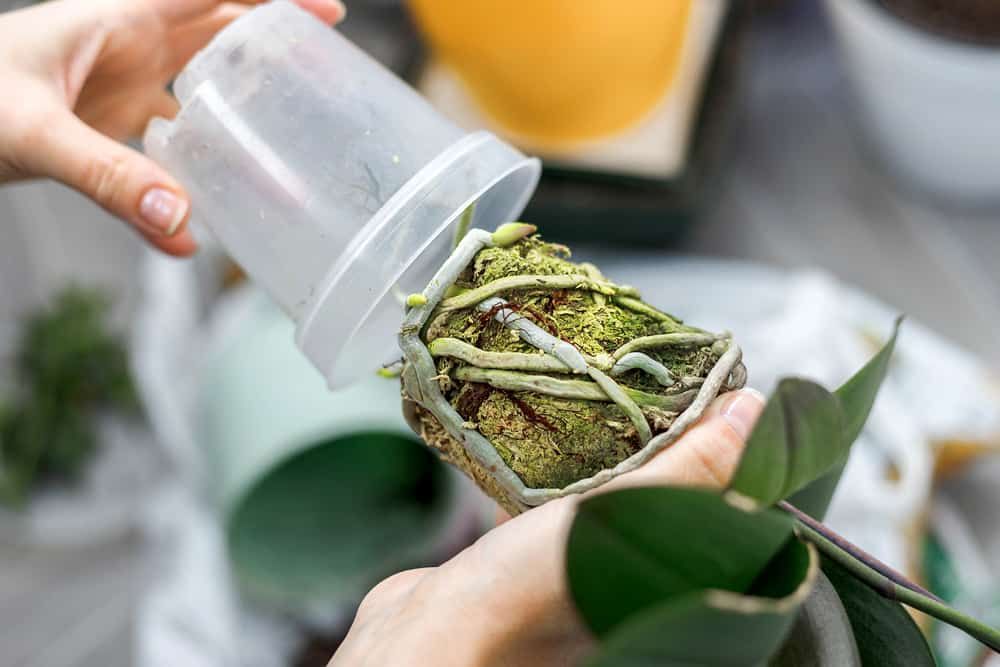Orchids are beautiful plants that can add a touch of elegance to any room. However, if your orchid is not blooming, it can be frustrating. Fortunately, there are some things you can do to help get your orchid back on track and blooming again in no time.
Here are some of the most common reasons orchids stop blooming and tips on getting them started again. So, if your orchid has been dormant for a while, read on for some tips on reviving it!
Why Your Orchids Are Not Blooming
If your orchids are not blooming, examining the amount of light, humidity, and fertilizer your orchid gets is important.
Lighting
Image credits: Nadya So via Shutterstock
First, explore the lighting requirements needed for optimal growth. Orchids prefer bright diffused sunlight during the day. If possible, place them near an east or south-facing window so they receive light but not intense, direct sunlight. Ten to 12 hours of sun is usually enough to nourish your orchid and keep it blooming brightly.
To check how healthy your plant is, look at the leaves. If the leaves are a yellowish or red color, feel them to see if they’re warm. The color is likely because there is too much light, and you should move your plant to an area where the light is less intense. However, if the leaves are dark green, this could show that your orchid needs more light.
Humidity
Image credits: Sr Picas via Shutterstock
Another reason your orchid may not be blooming is due to low humidity. Orchids prefer humidity levels between 40 to 70 percent. If your home has a dry environment, consider investing in a humidifier or misting system to help maintain optimal conditions for your plant.
You can also place your plant in small trays filled with gravel and water, as this will create an environmental boost of moisture around your plant’s roots.
Fertilizer
Image credits: VidEst via Shutterstock
Finally, if your orchid is not blooming, the most likely cause may be a lack of fertilizer or nutrients. While orchids can survive without additional nutrition, they require certain amounts, especially phosphorous, to produce beautiful blooms.
Providing a bloom booster fertilizer in the fall will help ensure that your orchid has all the essential elements it needs for healthy growth and flowering. Look for fertilizers with a ratio like 10-30-20, which features low nitrogen and high phosphorous levels.
Feed your orchid once a week during the summer, and then in the winter double it to two fertilizing sessions per week. Ensure to use half of what is recommended on the bottle.
How to Care for Your Orchid
Caring for an orchid is not as hard as it may seem and with the right attention, your plant will bloom in no time. Here are some tips to help ensure your orchid gets the love and care it needs:
Proper Watering
Image credits: Bob van Aubel via Unsplash
To begin with, choose a pot that has good drainage. Overwatering can prevent the plant from getting the nutrients it needs, leading to a lack of beautiful blooms. Also, overwatering your orchid can bring about waterlogging which causes root rot. This unpleasant surprise will quickly kill an unprotected orchid.
For watering your orchid, aim for about once or twice a week during the spring and summer months. During the fall and winter months, cut back on how much you water them. Once a week or every other week should be okay.
Additionally, you can use a spray bottle with water to mist your orchids. This will help them retain their moisture and prevent any dehydration issues that could lead to falling leaves.
Provide Adequate Sunlight
Image credits: aLittleSilhouetto via Shutterstock
As mentioned before orchids require a good balance of sunlight and shade to grow and bloom properly. It's crucial!
Be sure to find a spot that gets bright but indirect or filtered light for best results. If you’re keeping your orchid indoors, ensure it’s not too close to any north or west-facing windows as this can cause sunburn.
Repotting
Image credits: Marvelous World via Shutterstock
Repotting is the perfect way to give your orchid a fresh start. Every 2 to 3 years (after flowering) it's time to repot your orchid and give it some much-needed TLC. Not only will this clean out any fertilizer salts and dead roots, but you'll be giving it a new structure for improved drainage and aeration.
Plus, since potting medium breaks down over time, repotting allows you to use fresh material that is better suited for plant growth.
Are You Serious? Orchid-ing?
By following these simple steps, you can ensure your orchid gets all the love and care it needs to continue to thrive and put out beautiful blooms for many seasons. Remember, lighting requirements, humidity levels, and fertilizing habits are all critical components of keeping your orchid healthy and happy.
Caring for orchids can be daunting, but it doesn’t have to be! Just give it some special attention, follow these tips, and enjoy its beauty! Share this article with your friends who might also want to enjoy an orchid of their own! Do you have any tips or tricks for making your orchid bloom? Leave a comment below!

